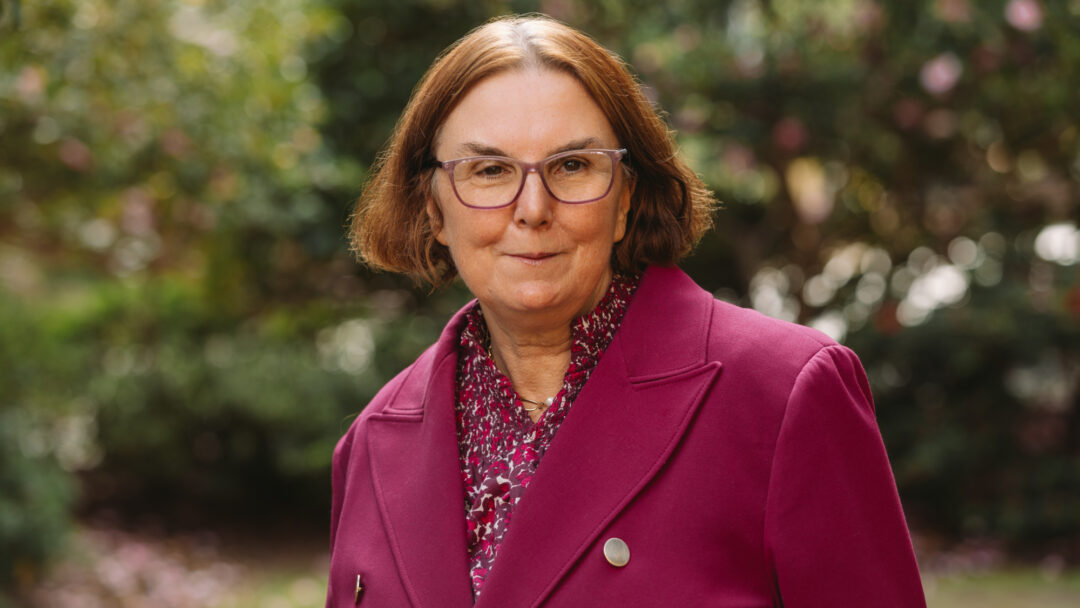News
Many First Nations people living with disability could soon see improvements to their university experience, thanks to a new $2 million initiative.
The project is called BlakAbility.
BlakAbility is a five-year program made up of 39 universities looking to discover better ways of facilitating access and success for Aboriginal and/or Torres Strait Islander university students and employees living with disability, according to the project’s website.
The project is being run by University of Melbourne’s Dr Sheelagh Daniels-Mays, an Associate Professor of Indigenous Studies. She says intersecting minorities have faced inequality since colonial times.
It's a real balancing act to look at the idea of intersectionality and leadership in higher education. Once I got into researching…I realised that as an Aboriginal person, colonisation has tried to eliminate me. As a person with a disability, colonisation has tried to eliminate me, and as a woman we also get eliminated by processes of colonisation.
Sheelagh Daniels-Mays
Some of the BlakAbility participants reported being vilified based on their intersecting identities, according to the Associate Professor.
“We've heard things like ‘Oh, you have a disability as well,’ as if Aboriginal is not enough problems. And…‘so you are Aboriginal, and you have disabilities and you have chronic health conditions. You are too much of a problem for us,’” Ms Daniels-Mays recalls.
The Indigenous Studies specialist recounts the day a passerby made a comment about the lack of wheelchair users on campus, as the disability services building sits on the opposite side of the university.
“It's quite ironic. We've got a walkway between two buildings in one of the most photographed walkways. It’s got ‘Wominjeka,’ which is the local Aboriginal word for welcome,” Ms Daniels-Mays explains. “Beyond the walkway, what you're confronted with is a massive flight of stairs. So, who is welcome?”
Ms Daniels-Mays argues that the problem lies with universities not acknowledging the intersectional needs of students and employees.
It's not always offered. You’re doing all this extra work before you even get to the classroom. As a First Nation student with disability, you talk with the Indigenous student services and talk to the other services about disability. So, you've got to tell your whole story again.
Sheelagh Daniels-Mays
The BlakAbility project is working with equity leaders at universities to improve the student service experience, according to Ms Daniels-Mays.
“They all want to do better, but no one knows how to do better. And that's what we're trying to figure out as well, because we have some ideas.”
She believes that if universities have the capacity, they should combine First Nations, disability and international students’ services into the same area.
"That is a step that everybody could do,” Ms Daniels-Mays says.
The Associate Professor says the first step to improve the First Nations disability experience in universities, is to recognise thinking of disability as part of human nature.
“If we can start adopting the First Nations understandings and ways of doing things with people who are different, I think it's good for everybody.”
